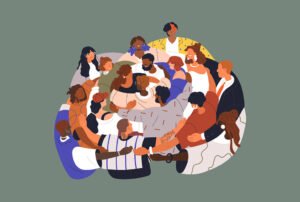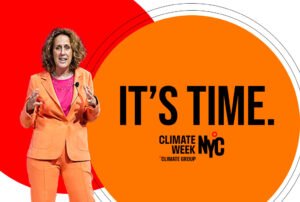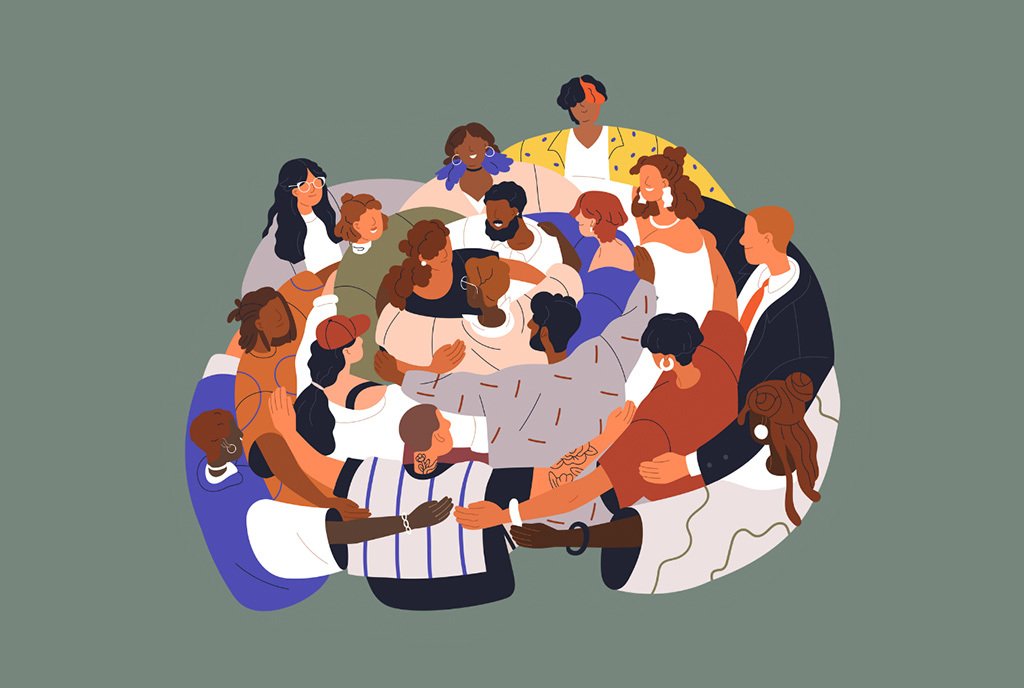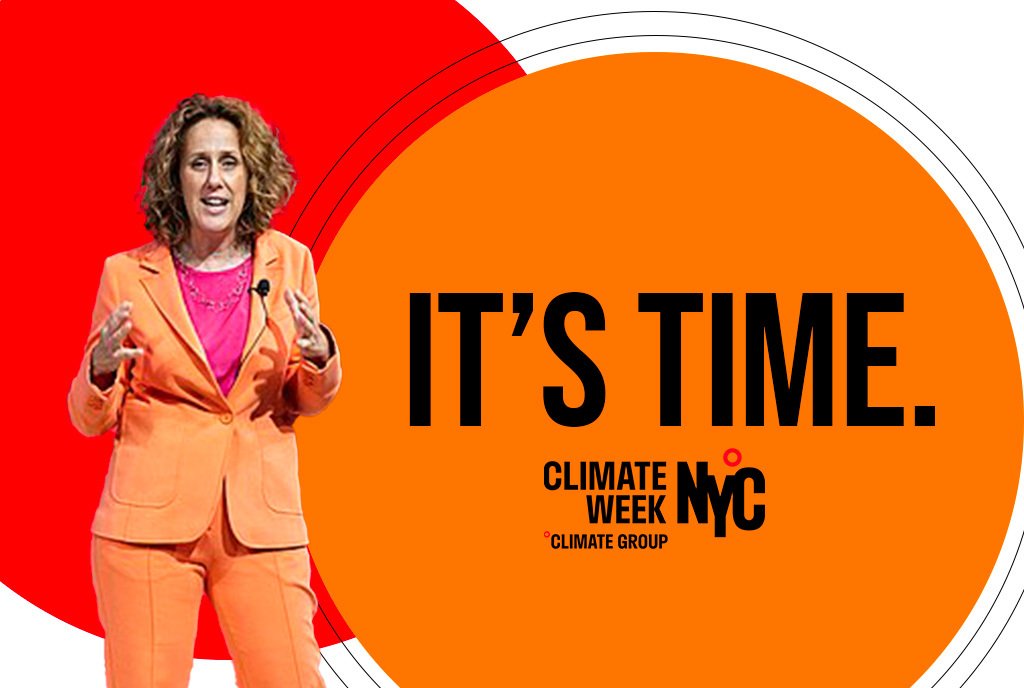
More than one out of five nonprofit workers cannot afford basic living expenses where they live—and the statistics are even worse for nonprofit workers of color, women, and people with disabilities. That’s the headline finding of a new report by Independent Sector, which advocates for the health of the nonprofit sector, and United for ALICE, a national research organization that focuses on understanding and addressing ALICE (Asset-Limited, Income-Constrained, and Employed) households.
The report, based on new research, represents a fresh and troubling perspective on the financial wellbeing of millions of nonprofit workers across the United States, where nonprofits employ roughly 10 percent of the nation’s workforce.
The findings should concern all who care about a healthy—and just—nonprofit sector, notes Independent Sector president and CEO Akilah Watkins.
More than one out of five nonprofit workers cannot afford basic living expenses.
“We do think that anybody that dedicates their life in civil society should be able to take care of their monthly financial needs….Twenty-two percent of 13.9 million Americans is something we should all be very deeply troubled by,” Watkins tells NPQ.
What’s more, says Watkins, the findings suggest that the nonprofit sector is, in many cases, operating in contradiction to widely held values of labor justice and equity.
“We don’t want to exist in a sector that has inconsistencies,” Watkins says. “America needs a strong nonprofit sector…and we can’t get there with 22 percent of our workforce struggling.”
A Critical Look at Poverty Measurement: The ALICE Threshold
The ALICE metric, developed in 2009 by the United Way of Northern New Jersey and since proposed and propagated by the nonprofit United for ALICE, was designed to capture a more realistic picture of financial struggle in US households—in part by accounting for metrics like local costs of housing, childcare, transportation, and other factors ignored by federal poverty measures.
The result, says United for ALICE president and CEO Stephanie Hoopes, is a more realistic—and much broader—picture of financial hardship in the nonprofit sector.
“If we were only using the federal poverty level…we would only see 5 percent of [nonprofit] workers struggling,” Hoopes tells NPQ. “When you use the ALICE metrics, it’s another 17 percent. So, that’s how you get to 22 percent. And suddenly, that’s more than one in 5 workers, and it looks very different.”
As Hoopes pointed out, the federal poverty measure is outdated, based on a 1960s formula that assumed food was the largest household expense—an assumption that no longer holds true today.
Disparities across Race, Gender, and Subsectors
Troubling as the “one in 5” financial hardship statistic is for the nonprofit sector, the new report highlights even more alarming evidence of systemic inequalities within the nonprofit workforce. Despite the sector’s strong alignment with social justice and equity missions, Black and Hispanic nonprofit workers are about twice as likely to experience financial hardship as White workers (9).
“We found the same disparities that we see across the board,” Hoopes notes. “Black and Hispanic workers were much more likely to be below that threshold than White workers.”
“If we want to build a sector that’s truly equitable, we need to address the financial realities of our workforce.”
Sign up for our free newsletters
Subscribe to NPQ's newsletters to have our top stories delivered directly to your inbox.
By signing up, you agree to our privacy policy and terms of use, and to receive messages from NPQ and our partners.
The implications are clear: nonprofit organizations that often champion racial equity externally may still struggle to address inequities within their own workforce.
The report also highlights differences across subsectors. For example, nonprofit workers in healthcare and education tend to fare better financially, while those in social assistance, arts, entertainment, recreation, and religious organizations are more likely to experience financial hardship. Within healthcare, pockets of financial instability persist in areas like residential care facilities, where 33 to 35 percent of workers are below the ALICE threshold.
“That means that nearly one in three nonprofit workers who provide social services are struggling themselves,” states the report’s introduction. “Though every worker and every family should be able to meet their basic needs, it is particularly troubling that nonprofit workers—many of whom are dedicated to caring for others—need help as well” (iii).
Pathways Forward: Leadership and Sectoral Responsibility
Funders should…ensure that their financial support extends to nonprofit organizations’ internal stability, including the livelihoods of their staff.
Watkins and Hoopes both emphasized that the nonprofit sector must take leadership on this issue.
For Watkins, ensuring that nonprofit workers can meet their basic financial needs is a matter of justice—but also of long-term sustainability for the sector itself: “If we want to build a sector that’s truly equitable, we need to address the financial realities of our workforce.”
Hoopes agrees, noting that employers and funders also have a crucial role. Minor policy changes, like adjusting work schedules to accommodate childcare or public transportation availability, can have a significant impact on the financial wellbeing of workers. Funders should also ensure that their financial support extends to nonprofit organizations’ internal stability, including the livelihoods of their staff.
“If those workers can have better support, they can do a better job and better achieve the organization’s mission,” Hoopes says.
A Call for Collective Action and Next Steps
As the report’s authors note, these new findings are a “starting point.” Creating a fact sheet “highlighting the benefits of raising nonprofit workers to the ALICE threshold” comes next.
The report urges organizations to:
- Connect with stakeholders
- Turn the ALICE data into action in your state, county, or community
- Invest in nonprofits in your community
- Be an ally and advocate for better data
With these actions in mind, members of the nonprofit and philanthropic sectors can begin addressing the financial hardship and inequality within the sector and, perhaps, their own organizations.
After all, the first step in addressing hardship and inequality in the sector, the report emphasizes, is identifying it.
“Capturing the true extent of financial hardship in the nonprofit workforce is critical for the appropriate allocation of funds for programs in areas such as education, health care, food access, housing, and employment” (33) the report notes. “There is a lot more to be done to change the trajectory for households struggling to make ends meet.”














